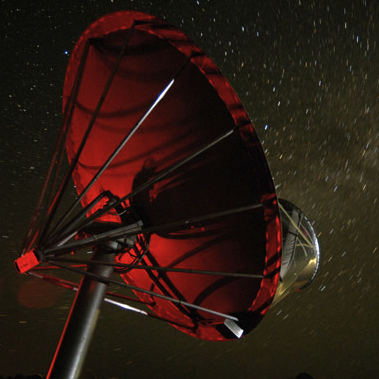Black holes are probably one of the most fascinating kinds of objects in the Universe for many people, may they be astrophysicists or not. They are often mentioned on the news (and not only science-related), and they have been of great inspiration in science-fiction. Recently, researchers even expected to observe the formation of small black holes that would instantly decay inside the Large Hadron Collider (LHC).
What is a black hole?
The idea of such an object goes back to the eighteenth century, in a letter from the scientist John Michell to the Royal Society: Michell suggested that a star that was sufficiently massive and compact would have such a strong gravitational field that light could not escape; any light emitted from the surface of the star would never reach us, because dragged back by the star’s gravitational attraction. The same idea was promoted by the French mathematician Pierre-Simon Laplace in the first and second editions of his book Exposition du système du Monde. It was left out of later editions, perhaps Laplace thought this was a crazy idea. Nowadays, such objects are called black holes: John Wheeler coined this term in 1967 during a talk he gave at the NASA Goddard Institute of Space Studies.
As stated previously, a black hole is a region of space with such a strong gravitational field that even light cannot escape.
You can for example imagine yourself throwing a rock as hard as you can; eventually, the Earth’s gravity will make it fall back down. However, if you could throw the rock hard enough, it could entirely escape the Earth’s attraction. The speed required for the rock to overcome the gravitational pull is called ‘escape velocity’: this speed depends on the planet’s mass, the bigger the mass, the higher the escape velocity. It also depends on how far you are from the planet’s center: the closer you are, the higher the escape velocity.
Now try to imagine an object with such a huge mass concentrated in a very small radius that its escape velocity would be greater than the speed of light; since nothing can go faster than light, nothing can escape the object’s gravitational field, not even light itself. The mathematical description of a black hole came with Einstein’s general relativity, but we had no idea if such an object could actually exist.
How do we know they exist?
As black holes do not directly emit any signal (apart from the hypothetical Hawking radiation, which would be too weak to be observable from the Earth anyway), astrophysicists have to rely on indirect observations. Sometimes, their existence can be inferred by their gravitational influence on their surroundings, for example in systems like X-ray binaries. They can also be found in galactic nuclei, these regions being so dense and dark that they could hardly be anything else.
In the next part of this article, I will describe how black holes are formed, and introduce the different kinds of black holes predicted by the theory.

